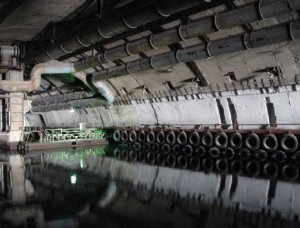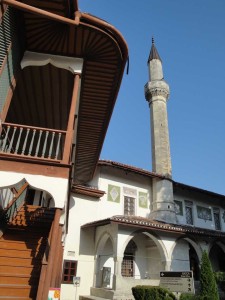.
BLACK SEA PORTS
Istanbul / Odessa / Sevastopol / Yalta
(SCROLL down)
.
UKRAINIAN RIVER PORTS / Dnieper River
Kiev / Kremenchuk / Dnepropetrovsk / Zaporozhye / Kherson (SCROLL down)
.
.
Sevastopol is all about navy, war and military strategy.
Located on the Crimean peninsula, Sevastopol has from its 18th century beginnings been a crucial naval port. During the Crimean War (1853-1856) touched off by the Russian desire to expand their presence in the Black Sea and eventually, hopefully, to gain control of Istanbul (then known as Constantinople), the city was destroyed. The Russians, who at first found success against the flagging Ottoman Empire in the early part of the war eventually lost as the British, French and Italians piled on depriving them of islands in the Dnieper River and reducing – not expanding – the Russian Black Sea presence.
Some here refer to the Crimean War as World War 0; they can make a pretty good case for calling it that.
In any case, it wasn’t long before the Russians were back — within two decades. Their navy remains here today having survived even the breakup of the Soviet Union. But they may not be here much longer: the Ukrainians have told them to clear out in 2017 but, as one of the locals told us, “we’ll see how that goes”.
Sevastopol is a city of harbours and hills. Less than a dozen buildings in the city survived the Nazi onslaught in the early part of World War II (1939-1945) so everything dates from 1945 although it doesn’t look quite that new. The Nazis held the city from 1942 to 1944, when the allies finally retook it.
Sevastopol is the site of the most famous battle of the Crimean War, the charge of the light brigade, immortalized in the poem (“theirs not to reason why; theirs but to do and die …”) Visitors can stand on a hill in the same sport  the British commander stood on to watch his troops be slaughtered in the decisive “fourth assault”. There’s also a museum and a diorama, books and maps. It’s a regular cottage industry.
the British commander stood on to watch his troops be slaughtered in the decisive “fourth assault”. There’s also a museum and a diorama, books and maps. It’s a regular cottage industry.
The nearby opulent Khan’s Palace that Catherine the Great grabbed once she conquered in the area in the late 1700s is well worth a visit. Most of the palace buildings are gone, but enough remains to be worth a visit of a few hours. Among the must-sees that remain are the harem and the pleasantly cultured gardens.
We spent a night in port in Sevastopol next to the “White People” barge which is a party boat and where, at 3 am, the party was still going strong. Being a navy port, there are sailors and their families everywhere. When we  visited, two of the three Russian submarines that are based here were in port. It is a young, happy city.
visited, two of the three Russian submarines that are based here were in port. It is a young, happy city.
Until 1996 the city was closed. A top-secret submarine basin was carved out of rock underground from 1953 to 1961 to service the Soviet submarines during the Cold War, including arming the nuclear weapons the sub carried. The base is located a short drive from Sevastopol in Balaklava. The old base is adjacent to an affluent yacht basin.
The sub base is a place not to be missed. At the end of the Cold War in 1991, Russia just walked away and for 15 years the once top secret facility stood open and was heavily looted. Now it is a stunning museum with artifacts from the Cold War being rapidly reassembled.
Photographs: St Vladimir Church; the once super secret Soviet submarine base; Khan’s Palace